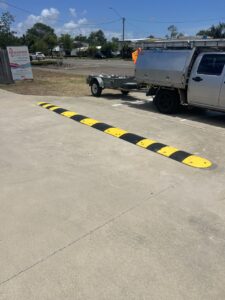

When it comes to installing traffic calming near schools or parks, getting the location right is everything. Poor placement can backfire, creating blind spots, failing to reduce vehicle speeds, or even increasing driver frustration without improving safety.
Councils, facility managers, and even P&C groups know the stakes are high. School zones and parks attract high foot traffic, unpredictable pedestrian behaviour, and peak-time congestion. So why do so many traffic calming efforts fall short?
Because the positioning does not follow the patterns of movement found in the real world.
This article examines the effectiveness of traffic calming techniques, such as speed bumps, rumble strips, and elevated platforms, as well as the areas where they frequently fail.
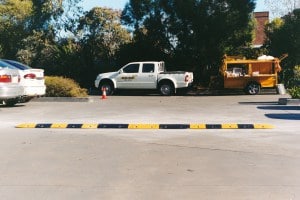
Installing the correct device in the wrong location is one of the most common and costly mistakes councils and school administrators make. A well-built speed hump will not reduce risk if it is located too far from the pedestrian hazard or is poorly visible to drivers.
Likewise, a rumble bar may have no effect if it is not placed in the driver’s natural line of travel or if it is positioned after the danger zone instead of before it.
Placement should be based on:
Let’s break it down by standard zones, including school frontages, car parks, crossings, and park boundaries.
Most school injuries do not occur in the classroom; they happen on the playground or the curb.
Drop-off and pickup windows are the most dangerous times of day for primary and secondary schools. Parents are distracted, kids are darting out unexpectedly, and visibility is often blocked by parked cars or buses.
Best placement strategy:
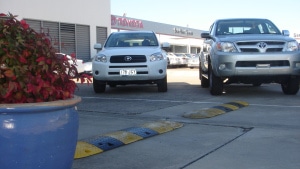
Common mistake:
Placing traffic calming too close to the gate or too far from where students are most likely to enter the street.
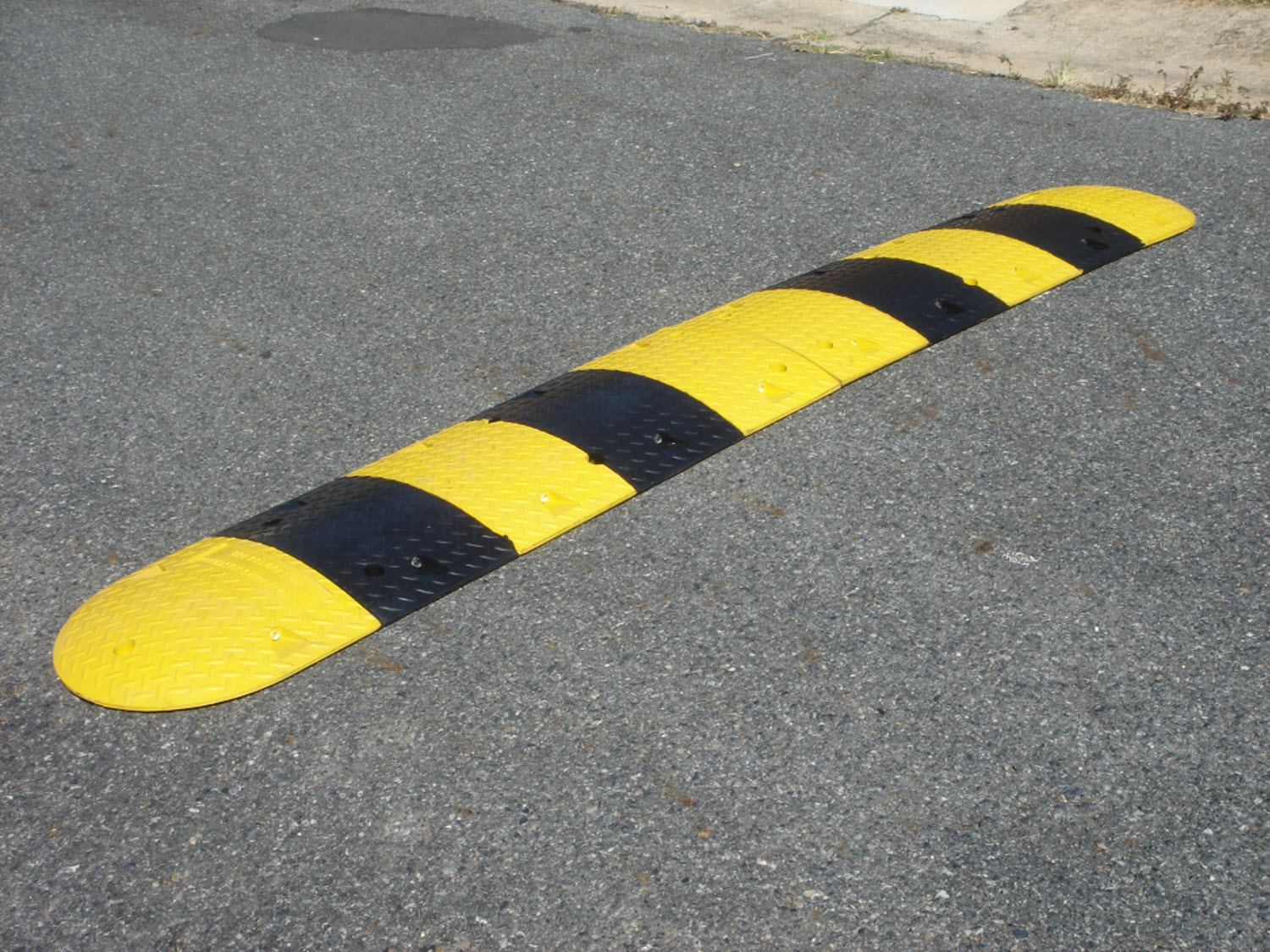
Parks are deceptive. They may appear to be passive green spaces, but most have at least one high-traffic entrance and are surrounded by access roads. These are typically near:
Children often emerge suddenly from between parked cars, bushes, or signage, giving drivers very little time to react.
Best placement strategy:
Common mistake:
Assuming a “Children at Play” sign is enough. Without a physical device to match, most drivers ignore these warnings, especially if they are frequent.
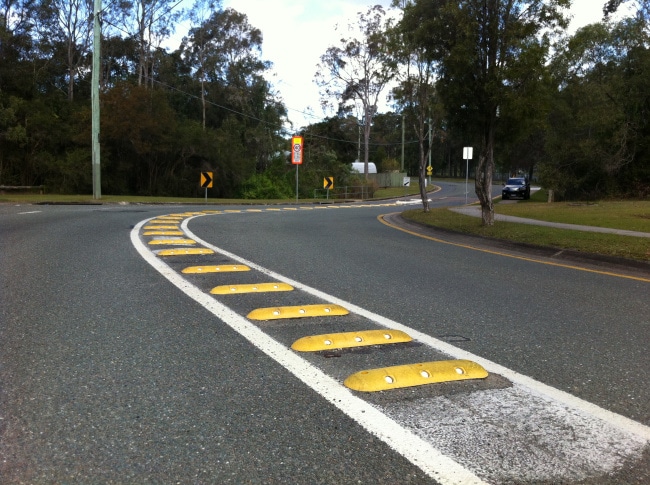
Marked zebra crossings and painted lines might suggest safety, but they are often ignored by distracted or speeding drivers, especially in school or park zones with unpredictable behaviour.
Best placement strategy:
Common mistake:
Relying on signs and paint alone without physical reinforcement. Crossings near playgrounds or school exits should always have physical elements.
Many school zones and parks have internal roads or car parks that seem safe because they are off the main road. However, this is where people often become complacent, and injuries occur.
Cars reverse with poor visibility. Kids cut across driveways. And there is often no clear separation between vehicles and pedestrians.
Best placement strategy:
Common mistake:
Treating internal roads as less critical. Council liability does not stop at the curb. If it is on your land, it is your risk.
Where bikes, pedestrians, and vehicles mix, especially around skate parks, sporting fields, or community centres, things get messy fast. These areas often do not follow traditional layouts, which makes vehicle behaviour unpredictable.
Best placement strategy:
Common mistake:
Relying on paint or vague boundaries to define zones. In shared environments, drivers often overestimate their right-of-way.
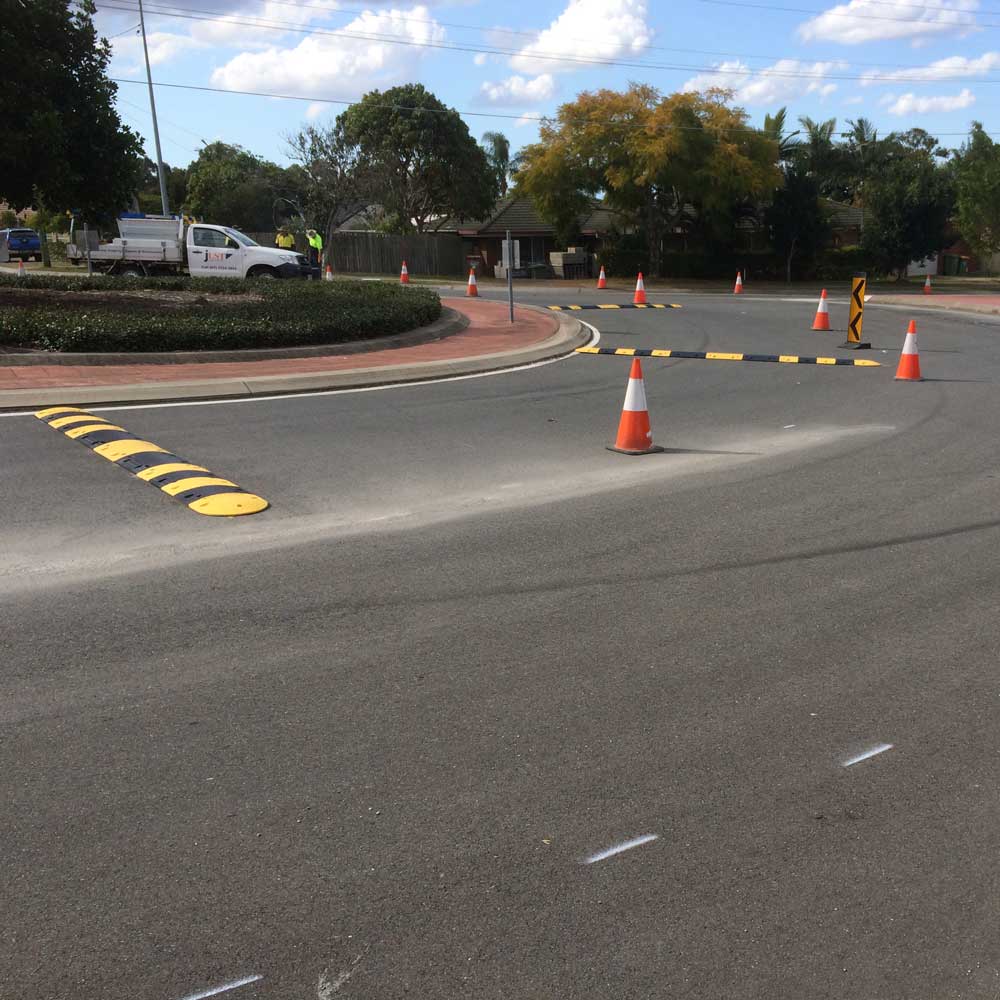
It’s not just about location; it’s about how the device functions once it’s installed.
To maximise effectiveness:
At Speed Humps Australia, we only supply calming products that meet the most challenging council requirements.
Get the Timing and Distance Right
The rule of thumb is to slow the driver before the risk. That is the difference between prevention and a near miss.
If you are managing roads near:
Then, traffic calming measures need to be placed where the danger begins, not where the incident has already occurred.
Every site is unique, but the key principles remain:
If you would like help assessing your site or sourcing the right devices, contact us at Speed Humps Australia. We have installed solutions for councils, childcare centres, and schools across the country, and we know what works in practice.



For 10 years, our focus has been on one thing: to provide one style of product and to do it well.
Our wheel stops, speed humps and rumble bars meet Australian Standards, don’t fade, and we’ve never needed to replace one.

For 10 years, our focus has been on one thing: to provide one style of product and to do it well.
Our wheel stops, speed humps and rumble bars meet Australian Standards, don’t fade, and we’ve never needed to replace one.